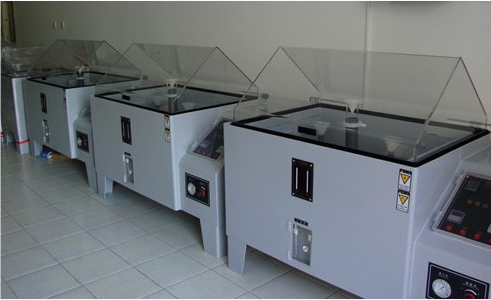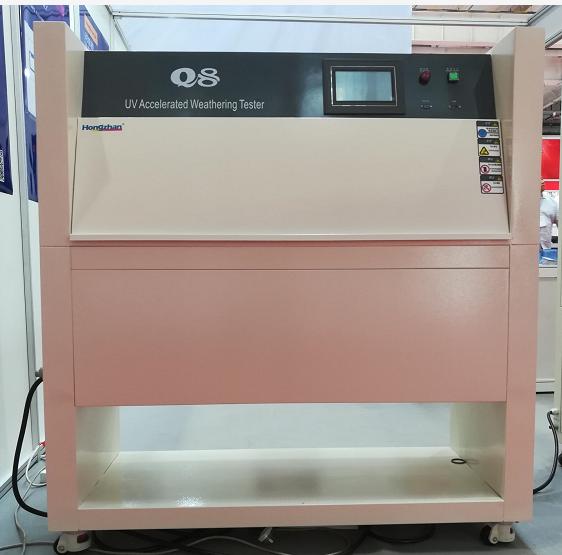How to Choose the Appropriate Cooling Method for Test Chambers?
Sep 09, 2025
Air cooling and water cooling are two mainstream heat dissipation methods in refrigeration equipment. The most fundamental difference between them lies in the different media they use to discharge the heat generated by the system into the external environment: air cooling relies on air, while water cooling relies on water. This core difference has given rise to numerous distinctions among them in terms of installation, usage, cost and applicable scenarios.
1. Air-cooled system
The working principle of an air-cooling system is to force air flow through a fan, blowing it over its core heat dissipation component - the finned condenser, thereby carrying away the heat in the condenser and dissipating it into the surrounding air. Its installation is very simple and flexible. The equipment can operate simply by connecting to the power supply and does not require additional supporting facilities, thus having the lowest requirements for site renovation. This cooling performance is significantly affected by the ambient temperature. In hot summers or high-temperature environments with poor ventilation, due to the reduced temperature difference between the air and the condenser, the heat dissipation efficiency will drop markedly, resulting in a decline in the equipment's cooling capacity and an increase in operational energy consumption. Moreover, it will be accompanied by considerable fan noise during operation. Its initial investment is usually low, and daily maintenance is relatively simple. The main task is to regularly clean the dust on the condenser fins to ensure smooth ventilation. The main operating cost is electricity consumption. Air-cooled systems are highly suitable for small and medium-sized equipment, areas with abundant electricity but scarce water resources or inconvenient water access, laboratories with controllable environmental temperatures, as well as projects with limited budgets or those that prefer a simple and quick installation process.
2. Water-cooled system
The working principle of a water-cooling system is to use circulating water flowing through a dedicated water-cooled condenser to absorb and carry away the heat of the system. The heated water flow is usually transported to the outdoor cooling tower for cooling and then recycled again. Its installation is complex and requires a complete set of external water systems, including cooling towers, water pumps, water pipe networks and water treatment devices. This not only fixes the installation location of the equipment, but also places high demands on site planning and infrastructure. The heat dissipation performance of the system is very stable and is basically not affected by changes in the external environmental temperature. Meanwhile, the operating noise near the equipment body is relatively low. Its initial investment is high. Besides electricity consumption, there are also other costs such as continuous water resource consumption during daily operation. The maintenance work is also more professional and complex, and it is necessary to prevent scale formation, corrosion and microbial growth. Water-cooled systems are mainly suitable for large, high-power industrial-grade equipment, workshops with high ambient temperatures or poor ventilation conditions, as well as situations where extremely high temperature stability and refrigeration efficiency are required.
Choosing between air cooling and water cooling is not about judging their absolute superiority or inferiority, but about finding the solution that best suits one's specific conditions. Decisions should be based on the following considerations: Firstly, large high-power equipment usually prefers water cooling to achieve stable performance. At the same time, the geographical climate of the laboratory (whether it is hot), water supply conditions, installation space and ventilation conditions need to be evaluated. Secondly, if a relatively low initial investment is valued, air cooling is a suitable choice. If the focus is on long-term operational energy efficiency and stability, and one does not mind the relatively high initial construction cost, then water cooling has more advantages. Finally, it is necessary to consider whether one has the professional ability to conduct regular maintenance on complex water systems.
Read More



